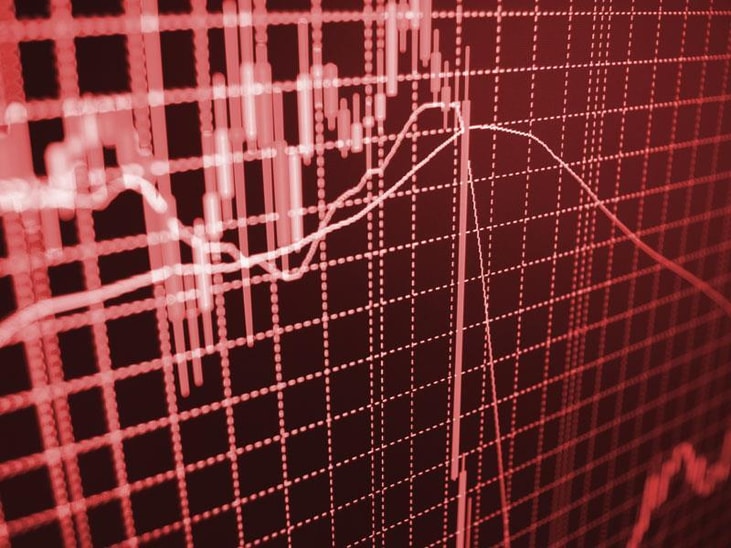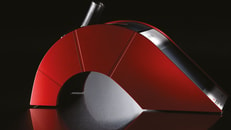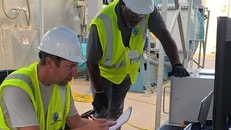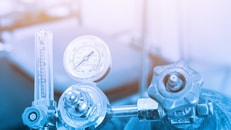Unlocking accuracy in gas calibration
Calibration is a critical, yet sometimes overlooked aspect of benchtop chromatography, monitoring programmes and even in processes or R&D processes. Guidance on the frequency that various workflows should be calibrated varies depending on the application.
In chromatography, for example, where the calibration standard allows users to recalibrate drifting detectors and mitigate the risk of unreliable results, opinion is generally aligned, with the consensus being once every three months is sufficient. Some believe that calibration can remain stable for double this period, while other users calibrate as a matter of course before each experiment. Often, the accuracy needs of the particular user become the deciding factor.
Opinions deviate even more when discussing calibration standards, and whether pre-mixed cylinders can match the performance of a purpose-built gas mixer. Regardless of the schedule and methodology, all users know accurate calibration standards are essential for optimal results in any application where precise and repeatable gas mixtures are required. But how is the accuracy of a given standard guaranteed? It often comes down to the accuracy of the mixture component’s flow control, as well as the optimisation of the mixer.
... to continue reading you must be subscribed























